Reviews
Curtis Harrington
USA, 1975
Credits
Review by Cullen Gallagher
Posted on 01 October 2008
Source Worldvision Home Video Inc. VHS
Categories 31 Days of Horror V
The Dead Don’t Die is a loveable 1970s made-for-television update of a ’30s/’40s-style Hollywood B-grade genre production. It’s a hybrid of the wrong-man convicted story á la Cornell Woolrich (in which a relative of the incarcerated has to prove them innocent) mixed with Val Lewton and Jacques Tourneur’s I Walked with a Zombie (voodoo lore and cheap sets masked by dark lighting and excessive fog). And as charming as the precision-timed fade-outs are - lingering shots of an actor’s face wearing the expression of shocking, new information, meant to cue intrusive commercials - The Dead Don’t Die is far more than just a piece of retro TV ephemera. A unique cultural oddity, its cast belongs to a generation gone by and not to the booming TV industry of the 1970s: Joan Blondell was the sharp-witted delight of so many Pre-Code, early 1930s gems; Ray Milland was the striking leading man of the 1940s and 1950s in such films as The Big Clock and Dial M For Murder; Ralph Meeker, known mainly for his pitch-perfect atomic-satire of Mike Hammer in Kiss Me Deadly, is largely underappreciated for his other films, including the expressionistic near-masterpiece Something Wild; Reggie Nalder’s name is easily forgotten, but his scarred face is unforgettable as the assassin in Hitchcock’s 1956-remake of The Man Who Knew Too Much; and then there’s George Hamilton, whose tailor-made Hollywood leading-man persona was outdated by the time he came of age in the late 1950s/early 1960s. These actors run the gamut from the Golden Age of Hollywood, with its unshakeable studio system, to the 1960s, more than a decade after the studio had fallen, audiences had flocked to their living rooms for television, and a new generation had taken over the screen. And while the chance to catch such a talented cast on the tube may have been a dream for viewers (myself included), it was certainly no dream for the actors, who were forced to confront the truth that they were no longer the idols of the silver (or Technicolor) screen.
As the film begins, it is 1934, and Hamilton as the civilian-turned-detective is called back to Chicago only to discover that his brother is on death row for murdering his wife. Unable to save him from the electric chair, Hamilton is nonetheless convinced of his brother’s innocence and is determined to clear his name. His searches lead him to the Loveland Ballroom, where his brother was involved in a dance marathon (reminiscent of They Shoot Horses, Don’t They) run by Milland, and where the murder allegedly happened. Soon, the pursuit turns supernatural, as Hamilton begins seeing his dead brother walking the foggy streets and a man (Nalder) Hamilton killed climbs out of a coffin and attacks him. Police Officer Meeker, of course, doesn’t believe Hamilton’s story, and when the two of them show up at Blondell’s antique store, Nalder is alive and well. At the center of all this weird activity is a man named Varrick whom no one has ever seen…
The film’s predictably pulpy script is helmed by famed pulp novelist Robert Bloch, whose novel Psycho was the basis for the Alfred Hitchcock movie of the same name (and which similarly blends mystery and horror elements). Between nods to Woolrich (particularly Phantom Lady) and Lewton/Tourneur, Bloch and director Curtis Harrington have a lot of creepy fun toying with genre conventions, from Karloff-inspired lunges to mysterious women offering enigmatic clues. (Taking a blowtorch to a voodoo doll is a fresh and fiery variation on the standard pin-poking.) As humorous as everything is, it never becomes camp, or even outright satire. Bloch and Harrington are admirably modest in their approach to the story—they never presume to be above it (or below, for that matter).
Harrington’s compositions are particularly reminiscent of classical Hollywood filmmaking. While there are a few zooms that are distinctly 1970s, and a few oblique angels that are comically expressionistic, most of the directing recalls many of the 1930s studio craftsmen. Like with Howard Hawks, Harrington sticks with the medium-shot, keeping his subjects in the frame together, and only re-framing as necessary. The electrocution scene at the beginning is particularly well done: eschewing any “shocking” shots, Harrington instead focuses on the shifting shadows on the wall which mark the flow of electricity from the lamps to the electric chair and back again. The rest of the film is similarly moody: the dark hues of unlit rooms and foggy streets at night blur together, creating a vacuous space that seemingly swallows up the actors.
Like the best of its bottom-of-the-bill-brethren, The Dead Don’t Die lacks any pretension whatsoever. A brisk 74 minutes, it wastes no time with unnecessary plot exposition or extraneous details. Although it does not reach the artistic heights of Mad Love or Cat People, it’s still firmly engrossing and expertly crafted and acted by some of the best in the business—a straight-ahead genre entertainment meant to satisfy audiences with a penchant for the macabre.
Information from VHS sleeve
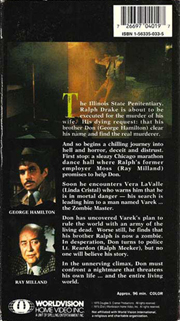
Director
Curtis Harrington
Year
1975
Run Time
96 minutes
Director
Curtis Harrington
VHS Distributor
Worldvision Home Video Inc.
Relevant Cast
George Hamilton, Ray Milland, Ralph Meeker
Relevant Crew
Robert Block [sic] (screenplay)
Tag Line
[none]
Rating
[unknown]
Clamshell?
No
Quote
[none]
Masterpiece?
No
More 31 Days of Horror V
-
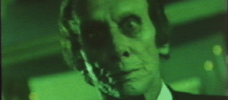
The Dead Don’t Die
1975 -
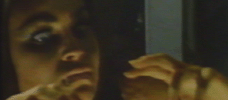
The Brides Wore Blood
1972 -
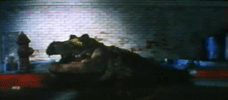
Alligator
1980 -
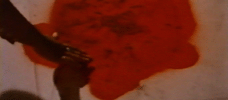
Girl in Room 2A
1973 -
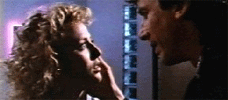
Zombie High
1987 -
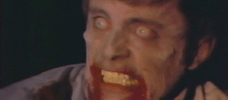
Deathdream
1974 -

Link
1986 -
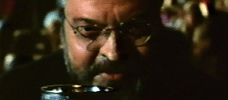
The Witching
1972 -
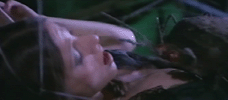
Nude for Satan
1974 -
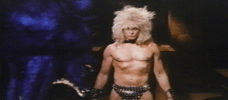
Rock ‘n’ Roll Nightmare
1987 -
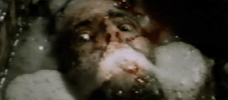
The Strangeness
1985 -
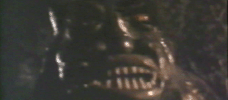
Brides of the Beast
1968 -
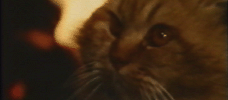
Seven Deaths in the Cat’s Eye
1973 -

The Curse of Bigfoot
1976 -
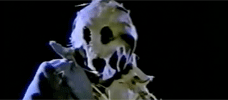
Dark Night of the Scarecrow
1981 -
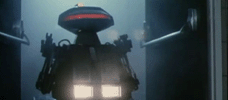
Chopping Mall
1986 -
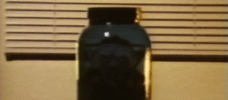
The Jar
1984 -
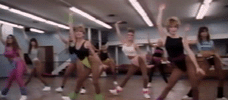
Killer Workout
1986 -
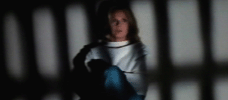
Moon in Scorpio
1987 -
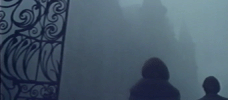
The Legend of Hell House
1973 -
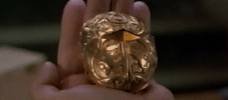
Cronos
1993 -
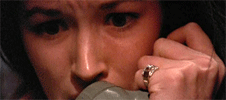
Black Christmas
1974 -
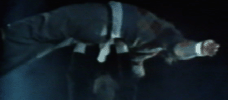
Grave of the Vampire
1974 -
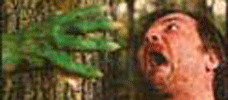
Rana: The Legend of Shadow Lake
1975 -
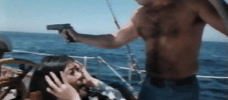
Blood Voyage
1976 -
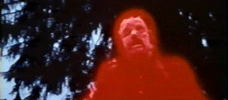
Fiend
1981 -
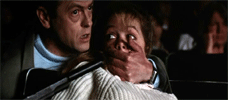
Anguish
1987 -
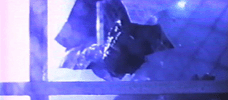
The Chilling
1989 -
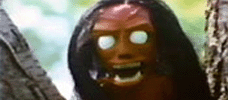
Attack of the Beast Creatures
1985 -
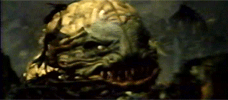
Humanoids from the Deep
1980
We don’t do comments anymore, but you may contact us here or find us on Twitter or Facebook.



